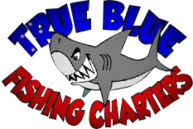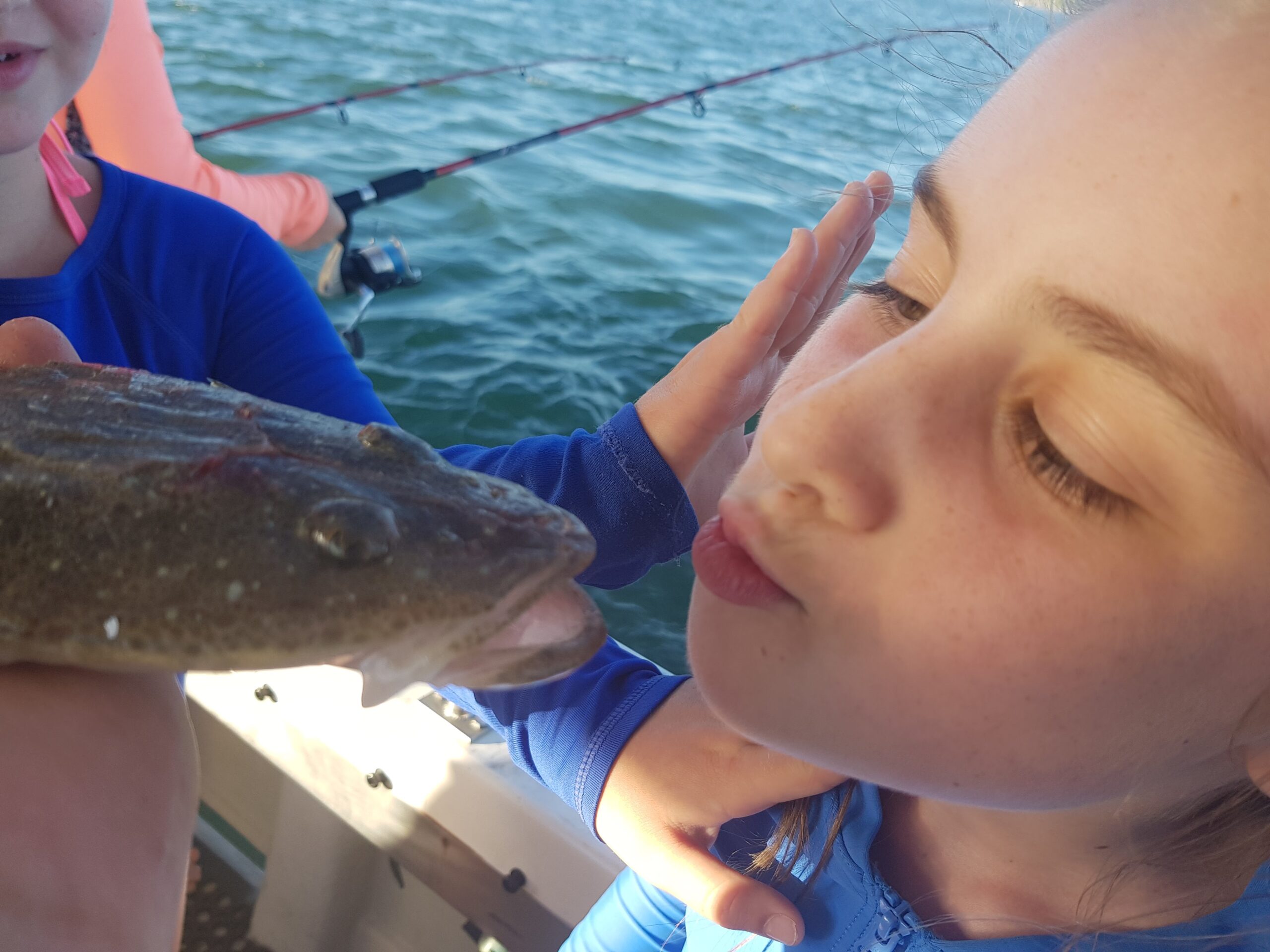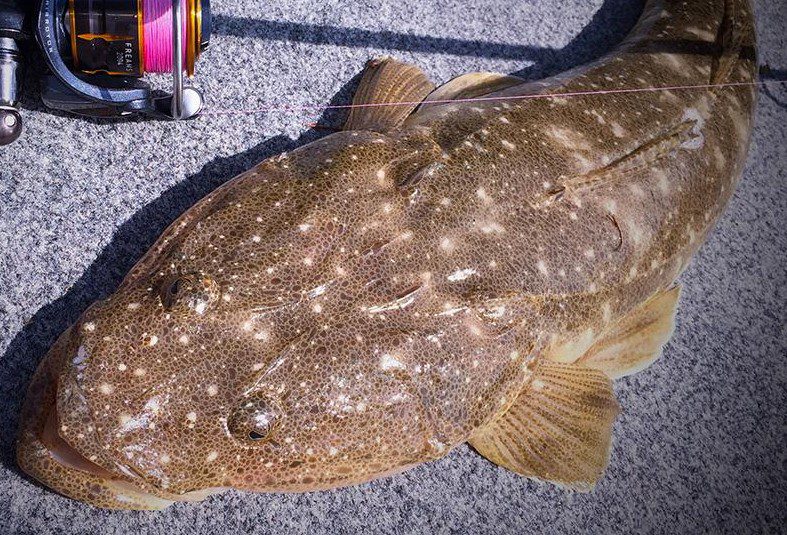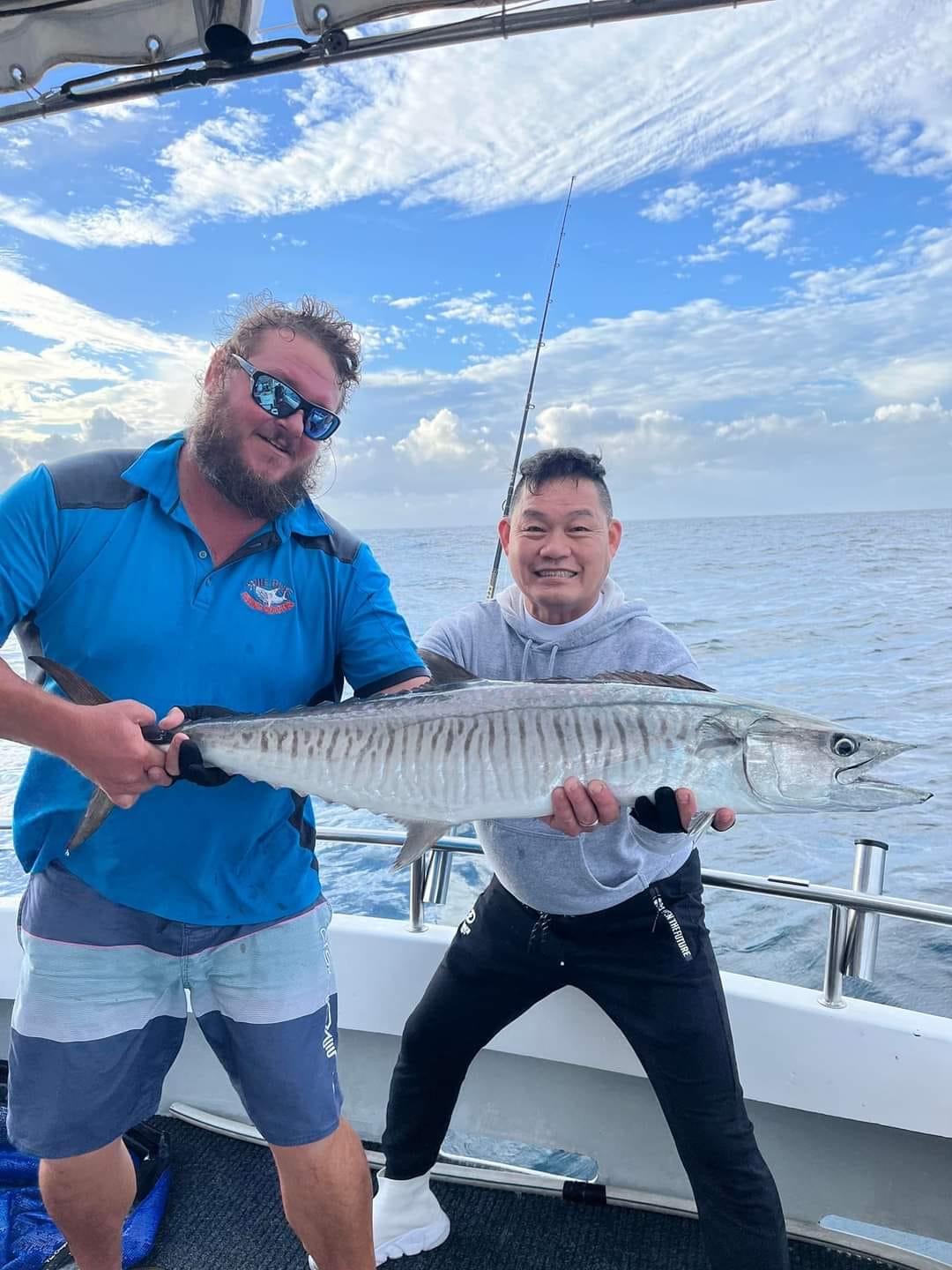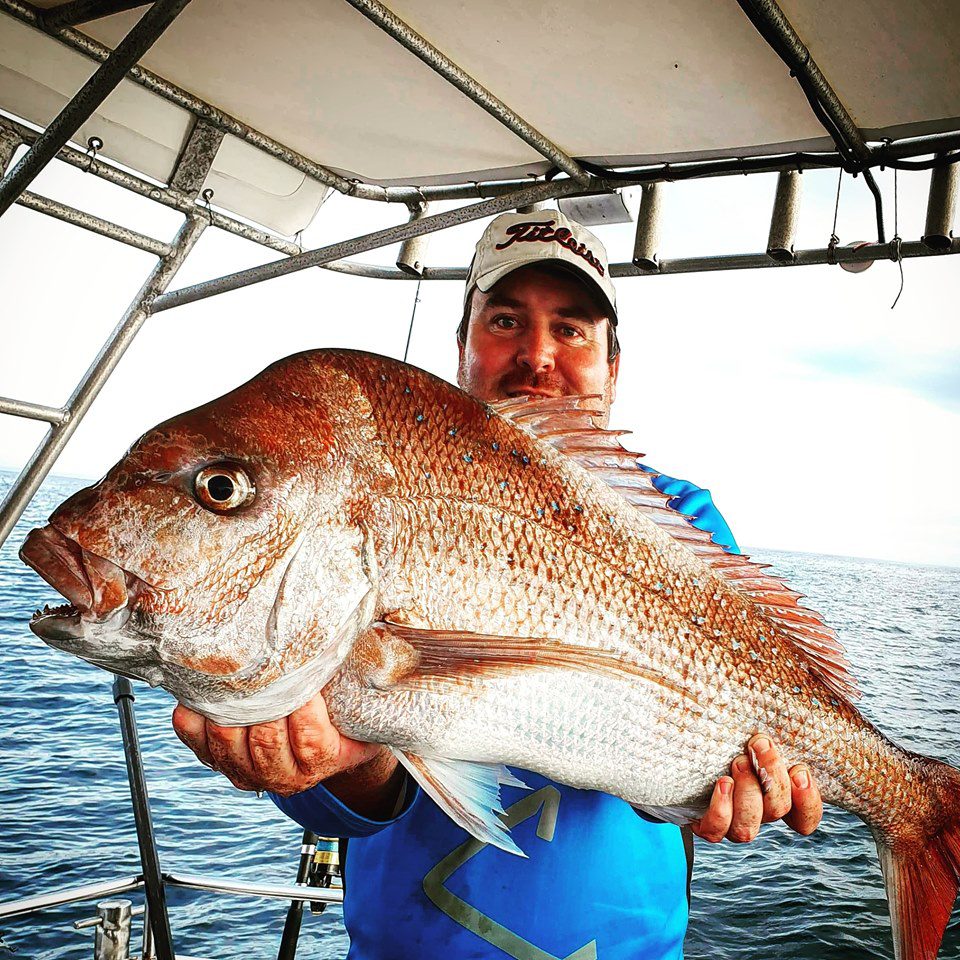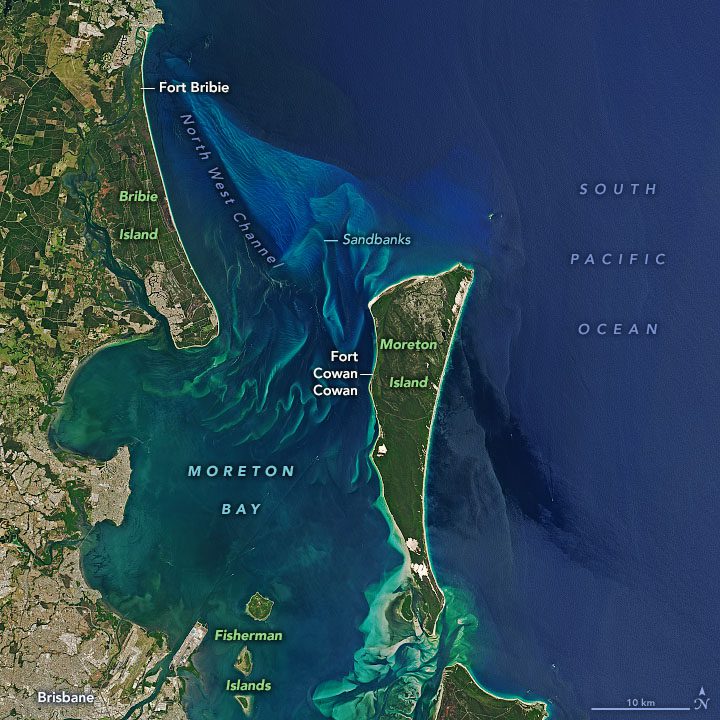Introduction:
Flathead fishing on the Gold Coast is a thrilling pursuit that caters to anglers of all levels. These unique predators, known for their flattened bodies and delectable fillets, offer fantastic opportunities for a rewarding catch. In this comprehensive guide, we’ll delve into the world of flathead fishing on the Gold Coast, providing valuable insights, tips, and tactics to make your angling adventures a resounding success. Discover the best practices, hotspots, and gear essentials for flathead fishing in this coastal paradise.
Understanding Gold Coast’s Flathead Species:
The Gold Coast is home to various flathead species, with the Dusky Flathead and Sand Flathead being the most prevalent. Dusky Flathead (Platycephalus fuscus) sport mottled brown coloration and can grow to over 1 metre in length, while Sand Flathead (Platycephalus bassensis) are pale with distinctive blue spots and can reach lengths exceeding 50cm.
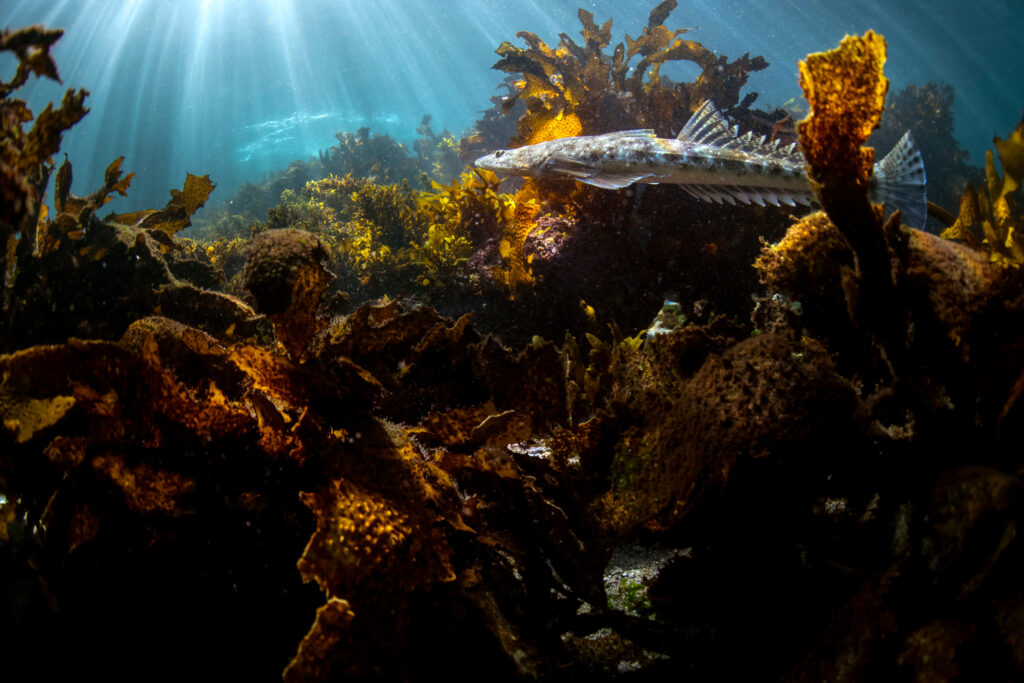
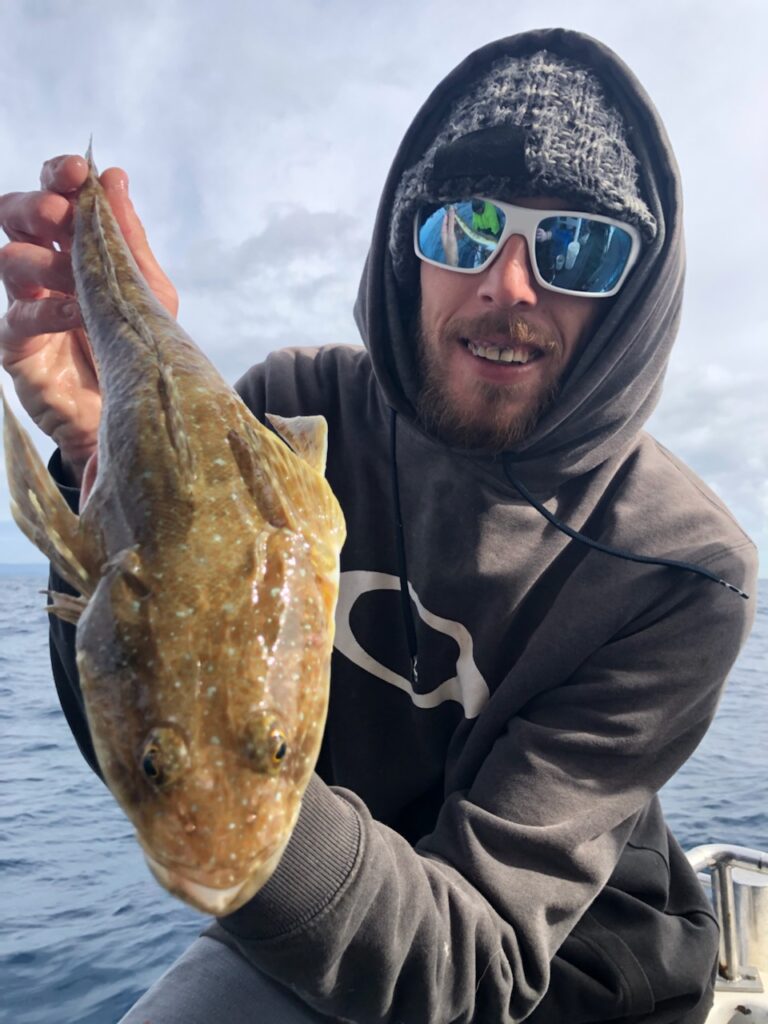
Seasonal Considerations:
Flathead remain accessible throughout the year, but mastering their seasonal movements can significantly enhance your chances of success. Here’s a seasonal breakdown:
Summer (December-February): As temperatures rise, flathead venture into shallower waters, making them easier to target. Focus on estuaries, sandbanks, and the edges of weed beds.
Autumn (March-May): With cooling temperatures, flathead move to deeper waters. Seek them in channels, drop-offs, and river mouths.
Winter (June-August): Winter presents opportunities to target larger flathead in deeper waters. Look for them near submerged structures, wrecks, and artificial reefs.
Spring (September-November): As waters warm up, flathead become more active, returning to shallower areas. This season is ideal for shore-based anglers.
Baits and Lures:
Now, let’s explore the best baits and lures for successful flathead fishing on the Gold Coast:
Best Baits:
Prawns: Fresh or frozen prawns emit enticing scents that attract flathead effectively.
White Bait: Small white baitfish are a natural part of flathead’s diet and make excellent bait choices.
Pilchards: Versatile and available, pilchards can be used whole or cut into strips to entice flathead.
Strip Baits: Slices of fish, such as mullet or tuna, serve as appealing options, especially when fresh.
Live Herring and Mullet: If live baits are accessible, they are irresistible to hungry flathead.
Best Lures:
Soft Plastics: Soft plastic lures, particularly paddle-tails or curl-tails in natural hues, are preferred. Jighead weight is less critical for flathead, providing versatility.
Hard Bodies: Hard-bodied lures mimicking small fish or prawns prove enticing to flathead.
Vibes: Vibration lures, known as vibes, generate movement and sound underwater, attracting flathead effectively.
Blades: Metal blades cover a wide area and imitate injured baitfish, making them a solid choice.
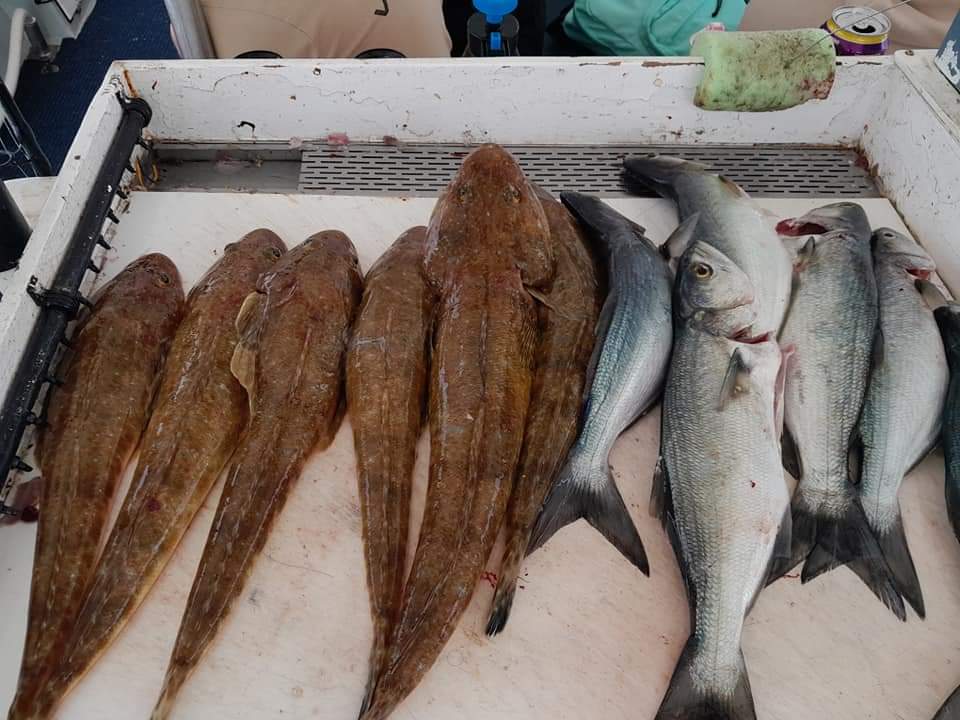
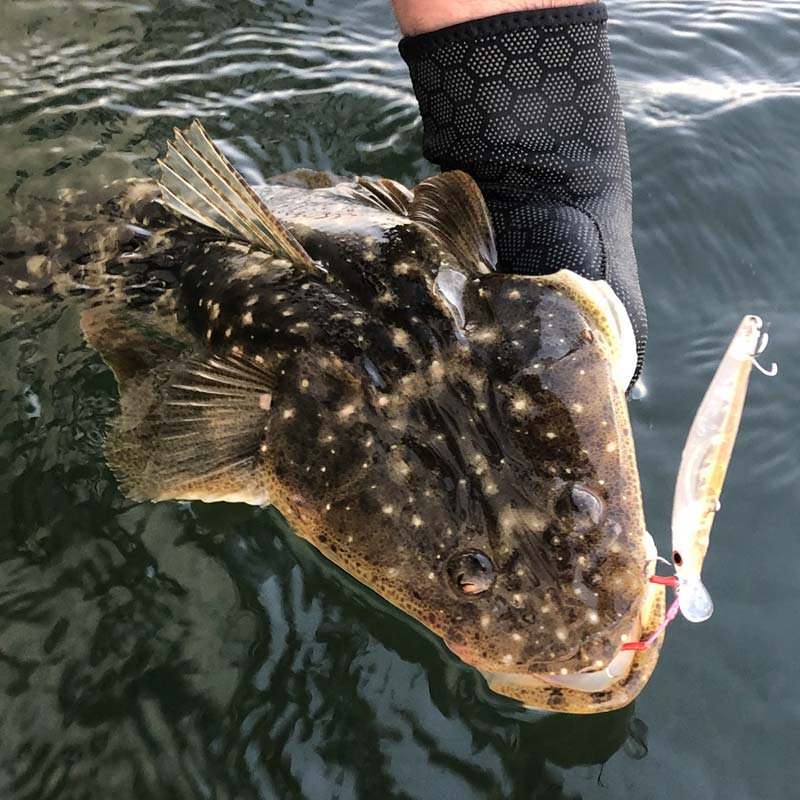

Tides Matter:
Mastering the tide is essential for successful flathead fishing. The consensus among anglers is that the run-out tide often yields the best results. Flathead are ambush feeders, positioning themselves near drop-offs and channel edges to await prey. However, the tide’s effectiveness can vary depending on the specific location. Some spots excel at the start of the run-out tide, while others shine as the tide recedes, influenced by water depth and baitfish movements.
Keep Moving:
Flathead’s feeding behavior sets them apart from other species—they remain relatively stationary when in feeding mode, waiting for prey to come within reach. To increase your chances, bring your lure to them. If you’ve cast several times without success, don’t hesitate to move. Drifting, casting, or trolling are favored techniques to cover more territory and pinpoint flathead-rich areas. Once you’ve found a productive spot, maintain consistent casting, particularly in high-traffic bait zones like converging channels.
Bottom Dwellers:
Flathead’s affinity for the seafloor simplifies lure selection—they’re nearly always found on the bottom. This characteristic makes soft plastics a preferred choice, as jighead weight is less crucial compared to other species.
Go Light:
Using lighter gear and leaders increases your odds of hooking more flathead. Sharp teeth can wear through light line, but wire traces are unnecessary. Monofilament leaders ranging from 5-10kg are adequate, with 5kg serving as an excellent starting point. Adjust based on conditions and target fish size.
Softly Does It:
Handling hooked flathead requires a gentle touch. While they may not make dramatic runs like billfish, a delicate approach is essential. Avoid sudden movements, as lifting their head can trigger vigorous thrashing that may damage leaders. Keeping the fish as horizontal as possible, especially near the boat, reduces the risk of escape.
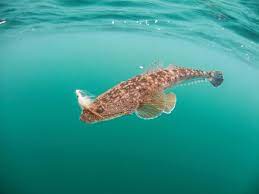
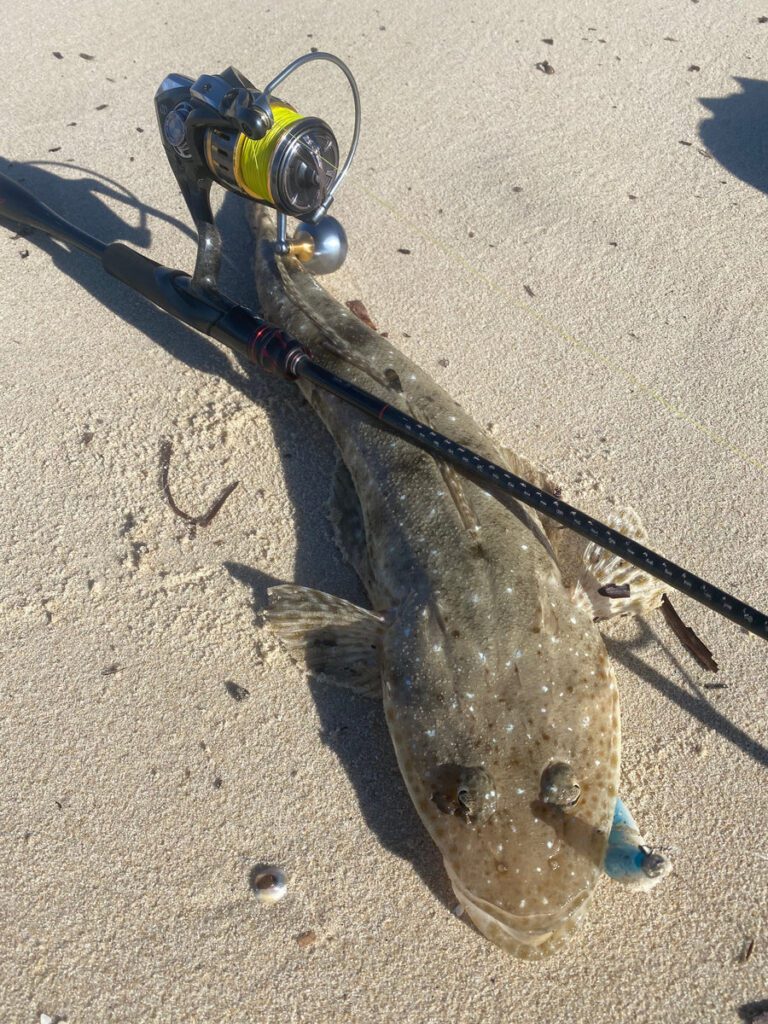
Bottom Dwellers:
Flathead’s affinity for the seafloor simplifies lure selection—they’re nearly always found on the bottom. This characteristic makes soft plastics a preferred choice, as jighead weight is less crucial compared to other species.
Go Light:
Using lighter gear and leaders increases your odds of hooking more flathead. Sharp teeth can wear through light line, but wire traces are unnecessary. Monofilament leaders ranging from 5-10kg are adequate, with 5kg serving as an excellent starting point. Adjust based on conditions and target fish size.
Softly Does It:
Handling hooked flathead requires a gentle touch. While they may not make dramatic runs like billfish, a delicate approach is essential. Avoid sudden movements, as lifting their head can trigger vigorous thrashing that may damage leaders. Keeping the fish as horizontal as possible, especially near the boat, reduces the risk of escape.
Hotspots on the Gold Coast:
Broadwater: The expansive Broadwater offers numerous sandbanks, channels, and shallow areas ideal for flathead.
Southport Seaway: Known for its depth and strong tidal flow, fishing the Gold coast seaway you will attract larger flathead, particularly during tidal changes.
Jumpinpin Bar: Located at the convergence of the Gold Coast and North Stradbroke Island, this area is famous for flathead, especially during summer.
Currumbin Creek: Renowned for its estuarine waters and sandy banks, Currumbin Creek is a picturesque flathead hotspot.
Conclusion:
Flathead fishing on the Gold Coast promises exhilarating experiences and abundant catches for those who grasp the nuances of this pursuit. By understanding tides, staying mobile, using the right gear, and handling fish with care, you can maximize your chances of landing these remarkable predators. Armed with knowledge of the best baits and lures, you’re ready for an exciting flathead fishing journey along Australia’s stunning coastline. Explore these waters, and may your next angling adventure be truly unforgettable.
